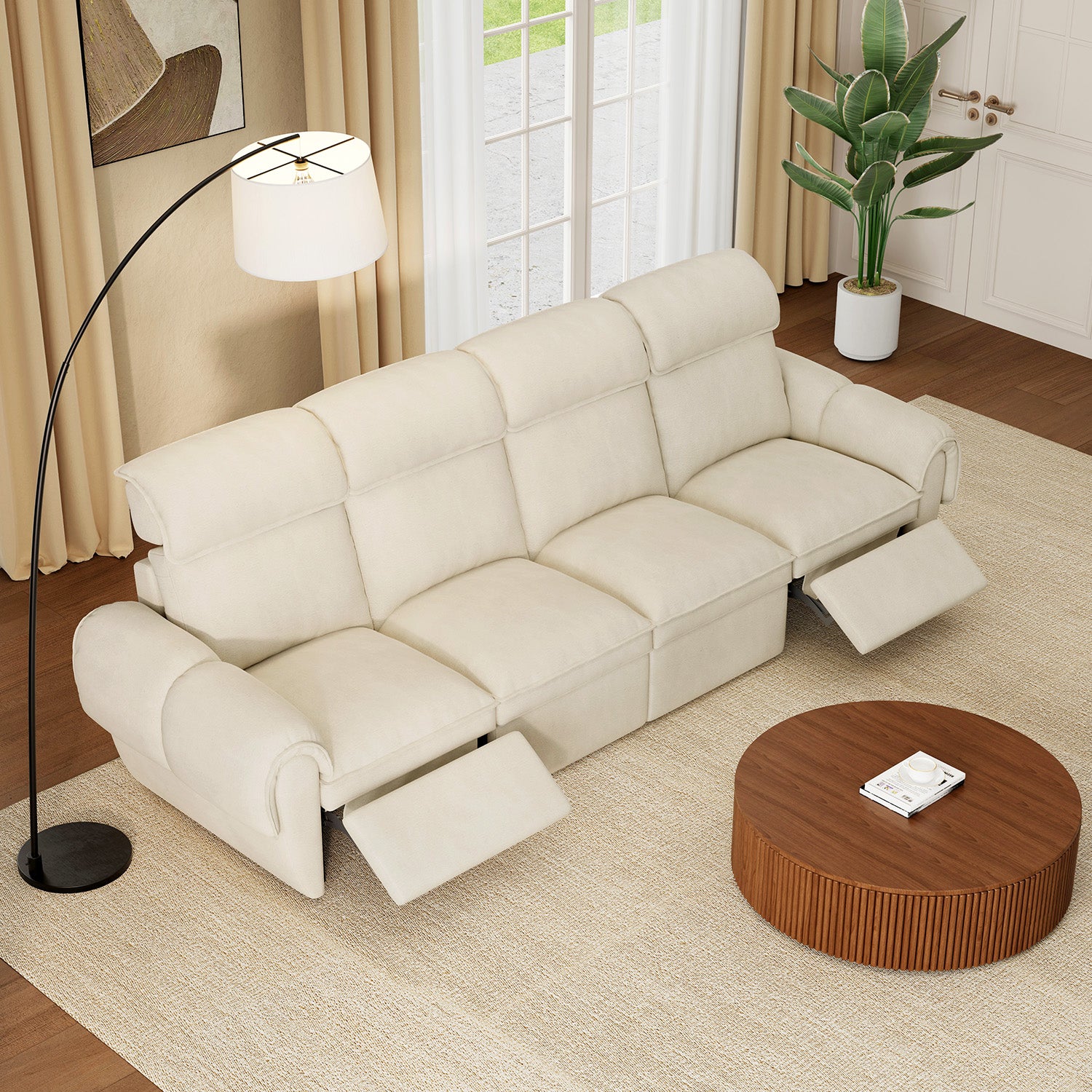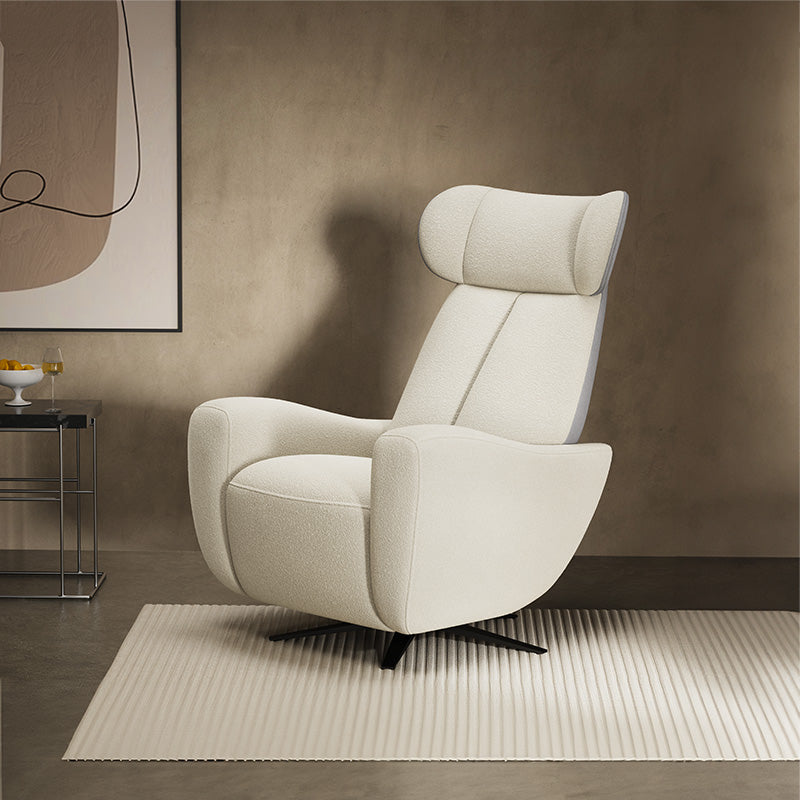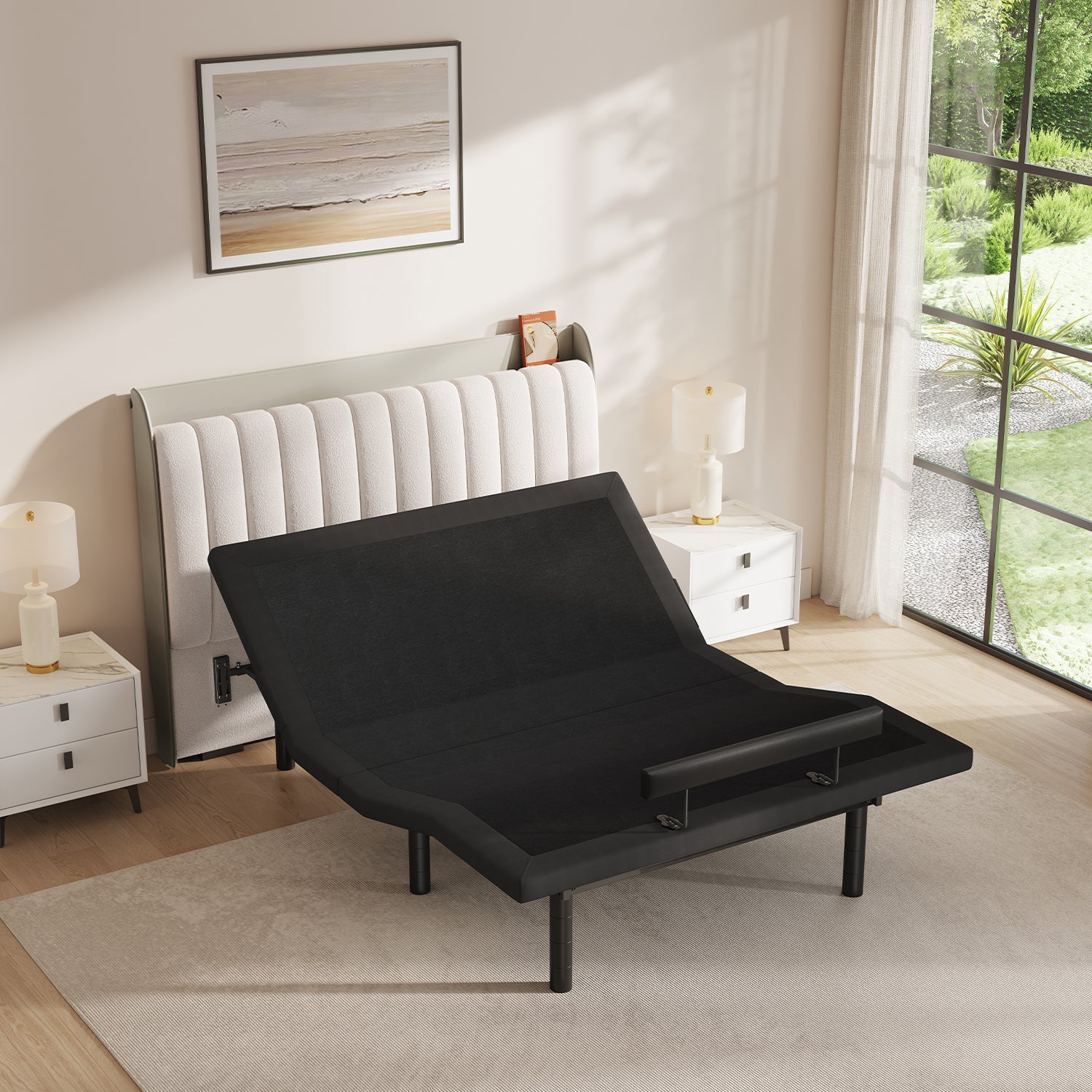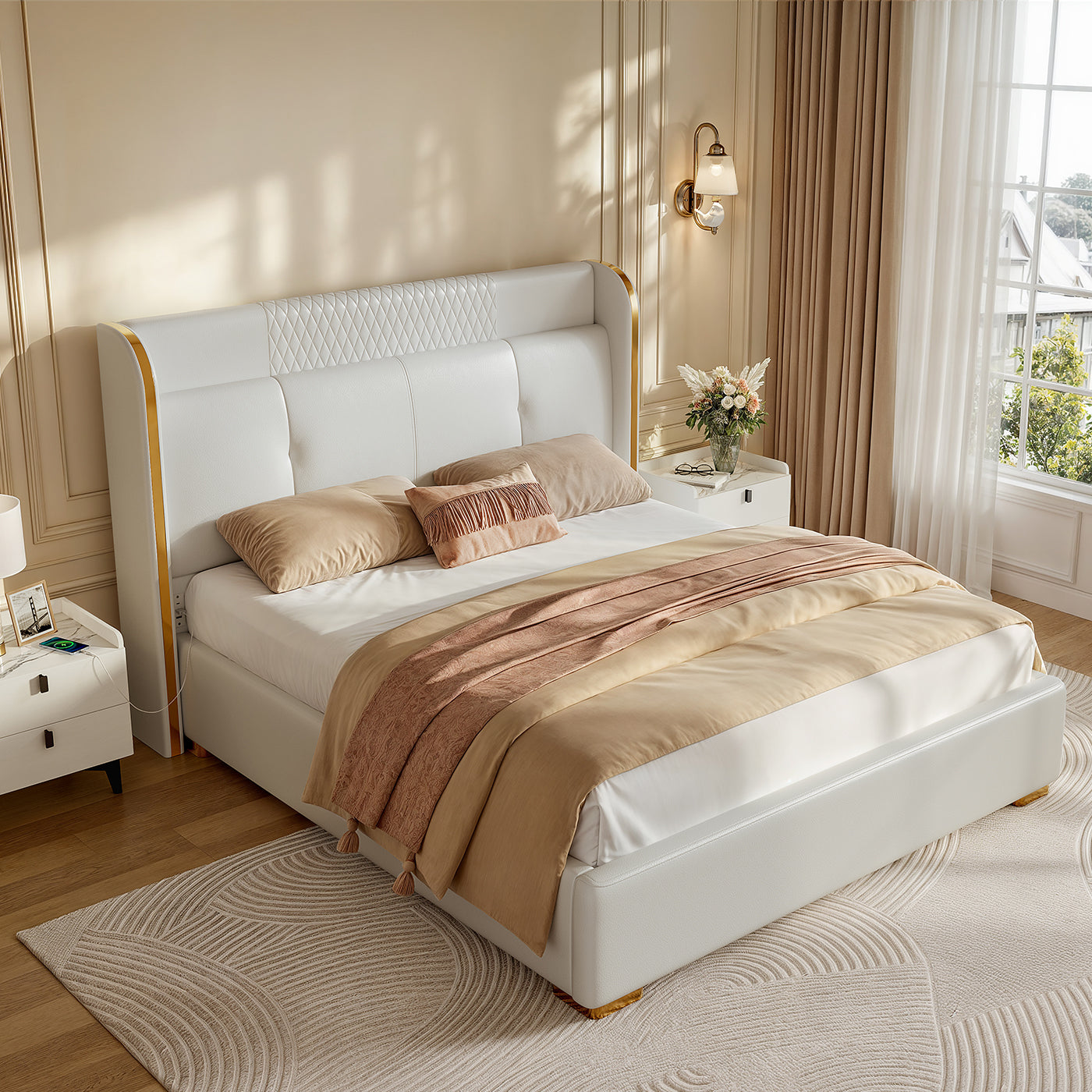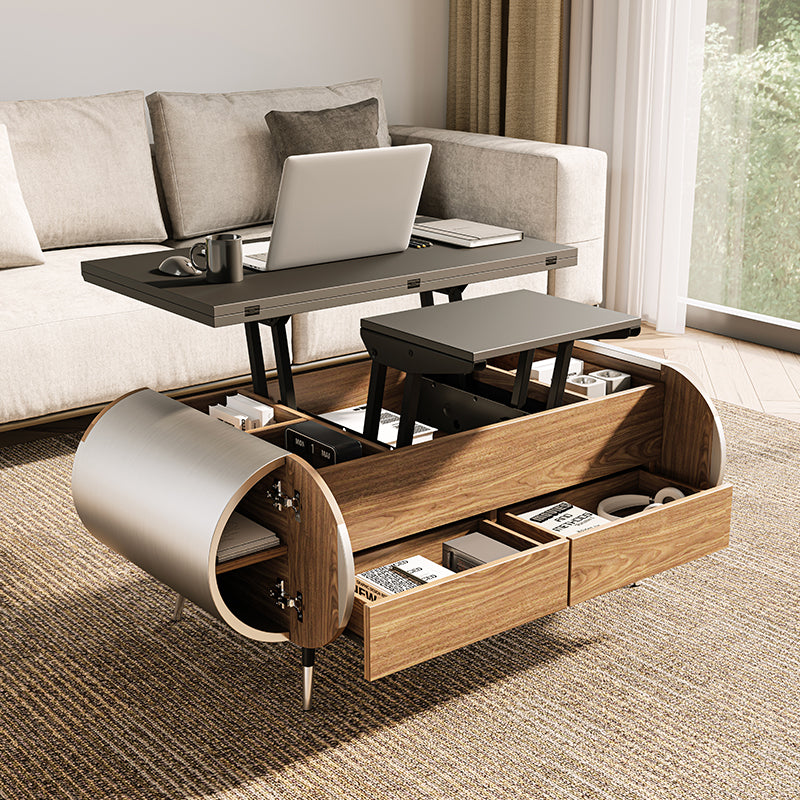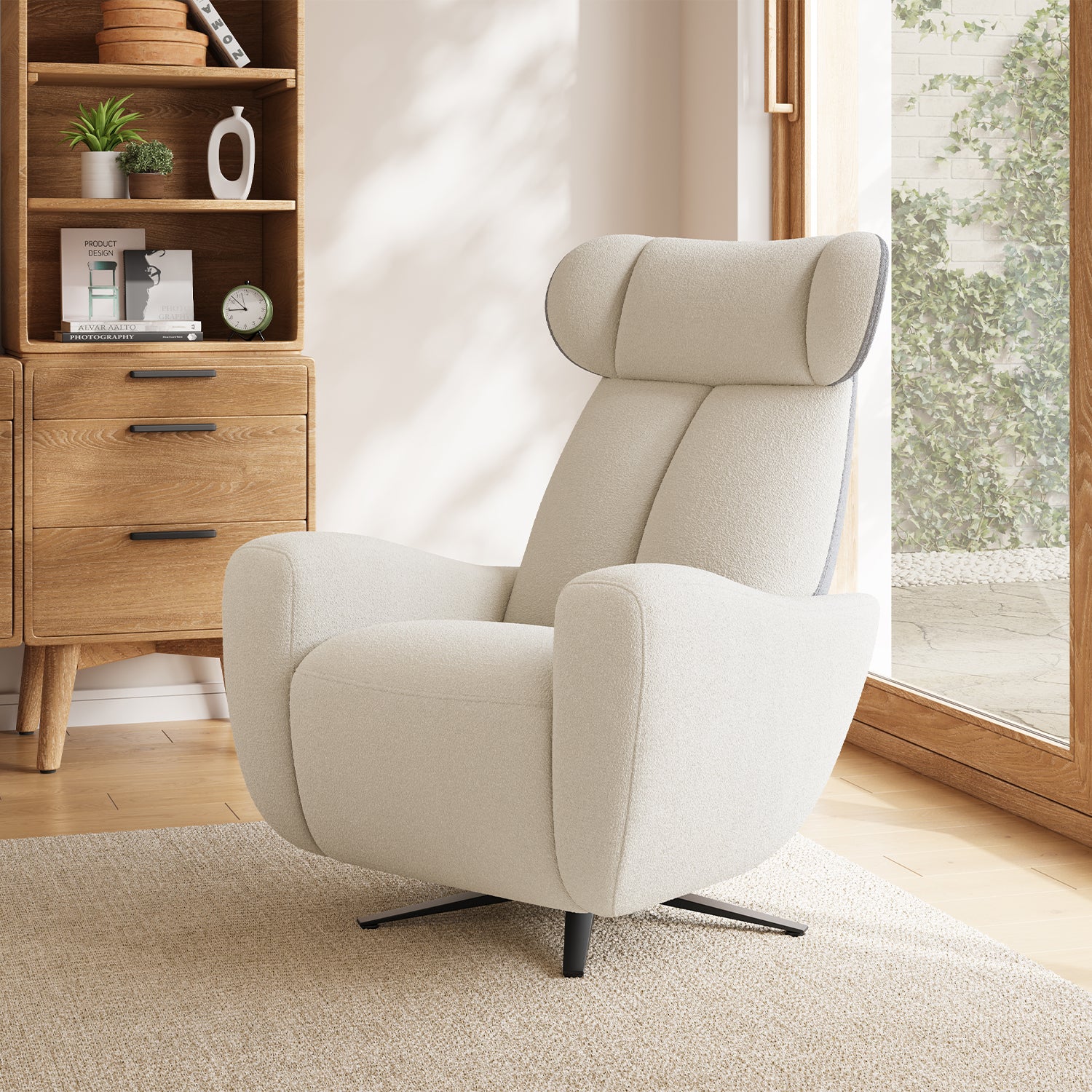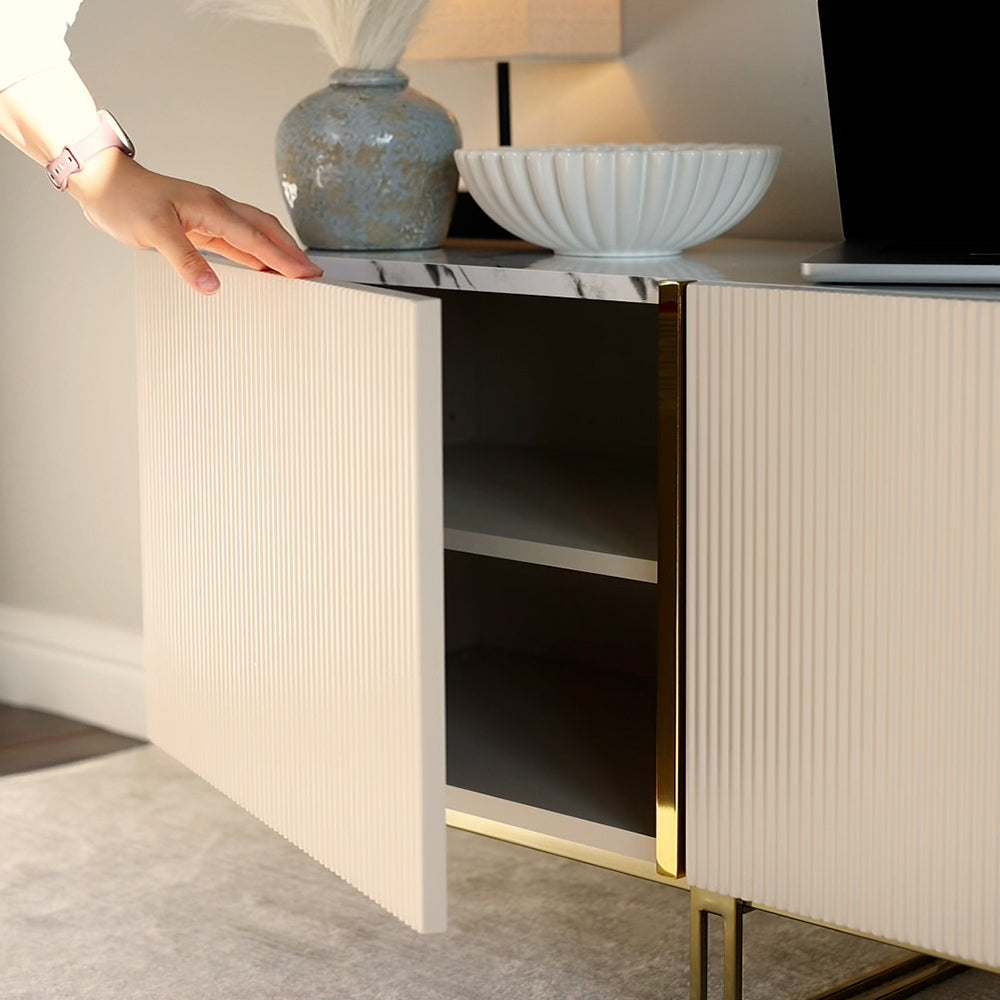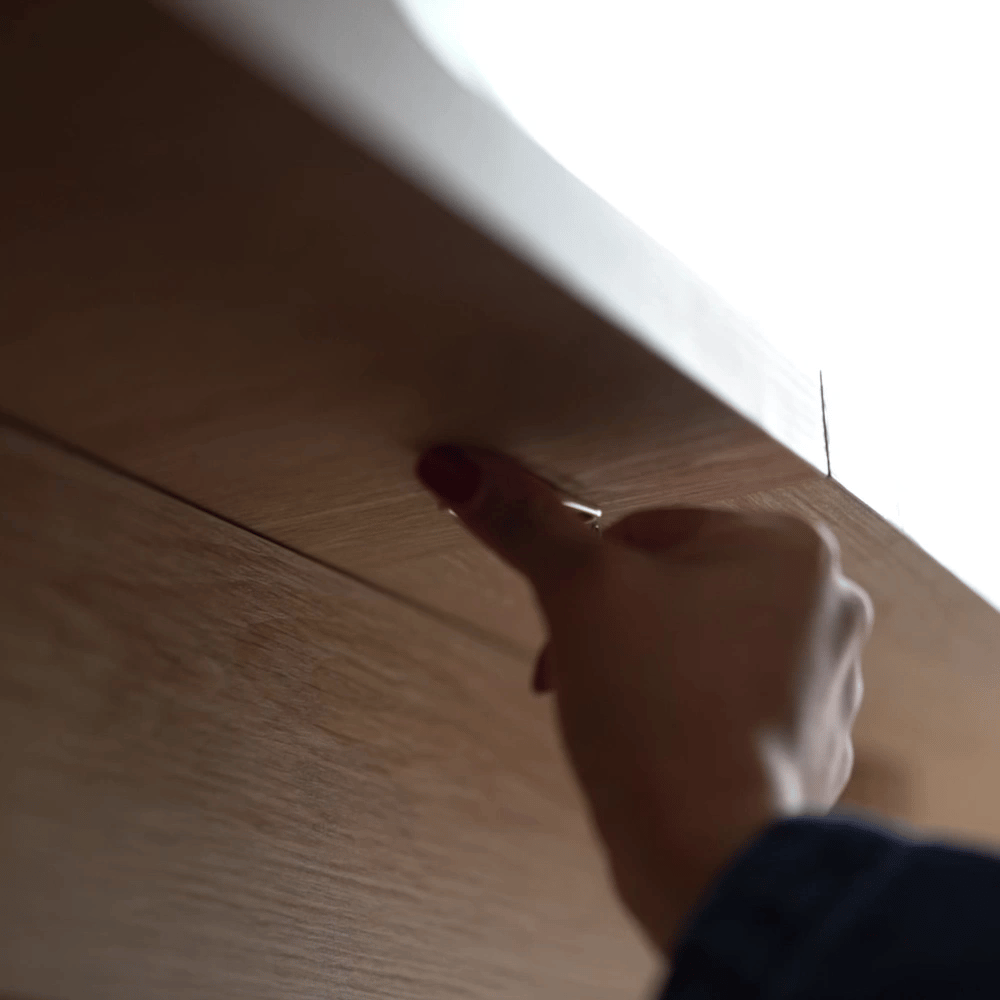Reupholstering a sofa bed can be a fantastic way to update your furniture and refresh your living space without the need to purchase a new piece. Over time, sofa beds can become worn, stained, or outdated, but with a little effort and the right materials, you can transform your old sofa bed into a stylish and comfortable addition to your home. While reupholstering may seem daunting at first, breaking the process down into manageable steps can make it an achievable DIY project. This guide will walk you through everything you need to know, from selecting the fabric to the final touches.
Table of Content
Tools and Materials You’ll Need
- Upholstery fabric (enough to cover the entire sofa bed and cushions)
- Upholstery foam or batting (for cushioning, if needed)
- Staple gun and staples
- Fabric scissors
- Screwdriver and pliers
- Measuring tape
- Seam ripper
- Chalk or fabric marker
- Heavy-duty upholstery thread and needles
- Upholstery adhesive (optional)
- Pins and a sewing machine (optional but helpful)
Step 1: Prepare the Sofa Bed

The first step in reupholstering your sofa bed is to prepare the piece for the work ahead. This involves disassembling the sofa bed and removing the old fabric.
- Remove the Cushions and Mattress:
Take out any removable cushions and the mattress. Set these aside for now, as you will reupholster them separately.
- Disassemble the Sofa Bed Frame:
Use a screwdriver to carefully disassemble the sofa bed frame if needed. This step makes it easier to work with the individual parts, especially if the sofa has a complex design.
- Remove the Old Upholstery:
Use a seam ripper or pliers to remove the old fabric. Be careful to avoid ripping the fabric too much, as you will use the old pieces as a template for cutting your new fabric.
Step 2: Choose the Right Fabric
Selecting the right fabric is crucial for a successful reupholstering project. Consider the following tips when choosing your upholstery fabric:
- Durability:
Sofa beds get a lot of use, so choose a fabric that is sturdy and designed for heavy wear. Fabrics like microfiber, leather, or heavy cotton blends are good choices.
- Style and Color:
Consider the overall look you want to achieve. Neutral tones are versatile and timeless, while bold patterns can make a statement. Make sure the fabric complements the rest of your room’s decor.
- Ease of Cleaning:
Since sofa beds are often used as guest beds, look for a fabric that is easy to clean and resistant to stains.
Step 3: Cut the New Fabric
Once you’ve chosen your fabric, it’s time to cut it to size.
Use the Old Fabric as a Template:
Lay out the old pieces of fabric on a flat surface. Place the new fabric underneath and trace around the old fabric with chalk or a fabric marker, adding an extra inch or two for seam allowance.
- Cut Carefully:
Use fabric scissors to cut the new fabric. Make sure your cuts are straight and precise to ensure a good fit when you start stapling.
Step 4: Attach the New Fabric to the Frame
With your new fabric cut to size, you can begin attaching it to the sofa bed frame.
- Start with the Base and Back:
Place the new fabric over the base of the sofa bed and pull it tightly. Use a staple gun to secure the fabric to the frame, starting in the middle and working your way to the edges. Make sure the fabric is taut to avoid wrinkles.
- Attach the Fabric to the Sides and Arms:
Next, move on to the sides and arms of the sofa. Pull the fabric tight and staple it in place, tucking and folding the corners neatly. Use additional staples to secure any loose areas.
- Finish with the Back Panel:
If your sofa bed has a back panel, reupholster this section last. Cut the fabric to size, staple it in place, and trim any excess.
Step 5: Reupholster the Cushions

The cushions are an essential part of the sofa bed’s comfort and style, so don’t overlook them.
- · Replace the Cushion Foam if Necessary:
If the cushions are flat or uncomfortable, consider replacing the foam inserts with new upholstery foam. This will give the cushions a fresh, plump appearance.
- · Sew Cushion Covers:
Use the old cushion covers as templates to cut out new fabric pieces. Pin the pieces together inside out and sew along the edges, leaving one side open for inserting the foam.
- · Insert the Foam and Close the Cover:
Turn the cover right side out, insert the foam, and sew or zip up the open edge.
Step 6: Reassemble the Sofa Bed
After you have finished reupholstering the frame and cushions, it’s time to put everything back together.
- Reattach the Frame Components:
Use a screwdriver to reassemble the sofa bed frame, making sure all screws and bolts are tightened securely.
- Place the Mattress and Cushions Back:
Insert the mattress and arrange the reupholstered cushions. Adjust and fluff the cushions to ensure they are positioned comfortably.
Step 7: Add Finishing Touches
Now that your sofa bed is reupholstered and reassembled, it’s time to add the finishing touches.
- Add Throw Pillows and a Throw Blanket:
Throw pillows and blankets can enhance the look of your sofa bed and provide extra comfort. Choose accessories that complement the new upholstery fabric.
- Check for Loose Areas:
Go over the entire sofa bed and check for any loose fabric or staples that need to be adjusted. Smooth out any wrinkles for a polished finish.
Tips for a Successful Reupholstering Project
- Work in a Well-Lit Area:
Good lighting will help you see what you’re doing and avoid mistakes.
- Take Your Time:
Reupholstering a sofa bed is not a quick project. Take your time with each step to ensure a quality result.
- Don’t Be Afraid to Ask for Help:
If you’re struggling with certain parts of the project, ask a friend for help, especially when stretching and stapling the fabric.
Conclusion
Reupholstering a sofa bed may seem like a challenging project, but with the right preparation and tools, it can be a rewarding DIY experience. By following this step-by-step guide, you can give your old sofa bed a fresh, updated look that fits your style and budget. Not only will you save money by reupholstering instead of buying new, but you’ll also have the satisfaction of customizing a unique piece of furniture for your home. So gather your materials, take your time, and enjoy the process of creating a beautiful, comfortable sofa bed that will serve you well for years to come.
Choosing the best carpet color for a brown sofa involves considering the shade of the sofa, your room's style, and your personal preferences. Whether you opt for soft neutrals, bold jewel tones, or warm earth tones, the right carpet can enhance the beauty of your living space while providing a cozy, inviting atmosphere.
Remember to take into account the size of your room, natural light, and existing decor elements when making your decision. With careful consideration and creativity, you can create a harmonious and stylish environment that showcases your brown sofa beautifully.



